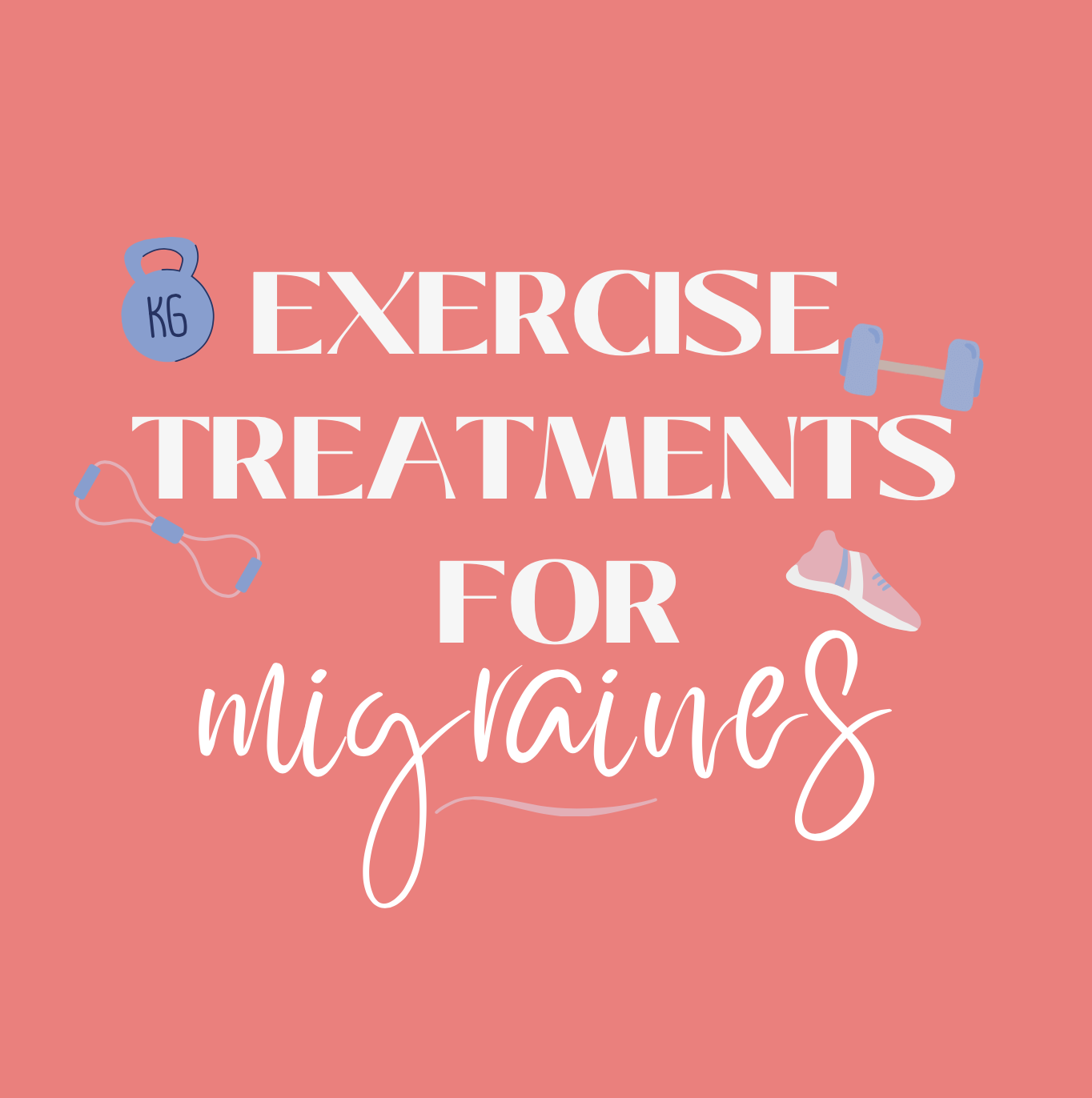Exercise Treatments for Migraines
Recent evidence has suggested aerobic exercise as a promising treatment of migraines (Song & Chu, 2021). Moderate intensity aerobic exercise has been demonstrated to reduce the frequency, duration, intensity of migraines, as well reduce the need for pain relief medication.
Based on 92 studies included in the present review, the authors made the following recommendations for migraine sufferers
Aerobic exercises such as cycling and walking are preferred over strength training
The intensity, frequency and duration of exercise should be tolerable and should not cause pain or exercise-related disability. Exercise intensity should be self-monitored. The general recommendation is moderate intensity exercise which is conducted at 60 – 70% of the highest heart rate. However, if this level of exercise is not tolerable or if migraine symptoms worsen, the intensity of exercise should be reduced further.
Exercise should be completed 2 – 5 times per week, with each session aiming to be 40 – 50 minutes in length.
A warm-up period should be included prior to each exercise session. Both high-intensity exercise and an insufficient warm-up period can trigger migraine attack.
It is important to consider that improvements to migraine symptoms may not be apparent immediately. Of the included trials, the effect of exercise was observed from 6 – 12 weeks following initiation of the study. Therefore, it is important to continue exercise in spite initial lack of improvement. Maintaining a detailed record of exercise and migraine episodes can help track improvement over time.
By Kiyomi Lim, Physiotherapy Student at Exercise Thought
Reference:
Song, T.-J., & Chu, M. K. (2021). Exercise in Treatment of Migraine Including Chronic Migraine. Current Pain and Headache Reports, 25(3). http://doi.org/10.1007/s11916-020-00929-w

